Why a CapyCool Cooling Towel + a portable fan = the winning combo
Hot days, summer work, outdoor sessions or even indoor rooms that just won’t cool down: they all drag performance, focus and comfort. But by pairing a smart cooling towel with air movement via a fan, you tap into two core heat-dissipation mechanisms: evaporative cooling and convective cooling. Let’s unpack why that matters - and why your CapyCool towel plus a portable fan makes sense.
How your cooling towel works
Your CapyCool cooling towel uses the principle of evaporative cooling: when water held in the fabric evaporates, it draws heat away from the towel surface and thus from the nearby skin. Research explains this clearly: “cooling towels rely on evaporative cooling, where moisture evaporates from the fabric and draws heat away from your body.”
For example, a study of “summer cooling towels” found: after wetting, all samples “provide a cooling effect at first contact” thanks to moisture-management properties of the fabric. (Research: Thermal Conductivity Properties of Summer Cooling Towels)
In short: you soak the towel, wring out excess, drape it around your neck/back/shoulders and you get a feeling of “cooler skin” because evaporation is pulling heat from your body’s outer layer.
Why this matters:
-
Skin surface cooling helps reduce thermal sensation (you feel cooler) even if core-body temperature doesn’t shift dramatically.
-
It’s lightweight, portable, inexpensive — far simpler than full air-conditioning systems.
-
It works especially well when air is flowing (so the evaporation isn’t stagnant) and when humidity is moderate. The faster the moisture leaves, the more heat you shed.
Limitations to keep in mind:
-
In very humid conditions evaporation is slower (air is already saturated) so towel effect drops.
-
The towel helps surface/skin cooling, but doesn’t always drastically lower internal core body-temperature by itself.
-
It works best when paired with good circulation/airflow — which is where the fan enters the picture.
Why adding a portable fan makes a difference
A fan adds convective cooling and enhances evaporation. When you have the towel around your neck (or shoulders), a breeze from a fan does two things:
-
It moves away the layer of warm air hugging your skin (the “boundary layer”), increasing the temperature difference between your skin and the ambient air, so you lose heat faster. Research: “fans accelerate convective heat loss … by preventing the formation of a warm boundary layer of stagnant air just above the skin surface.” (Research: A critical review of the effectiveness of electric fans as a
personal cooling intervention in hot weather and heatwaves) -
It speeds evaporation of the moisture in your cooling towel by increasing airflow over the towel’s surface — so the evaporative cooling mechanism from above works better. Many guides say: “If you are in humid conditions… your performance is improved by… allowing airflow around the towel.”
Also: Studies show electric fans reduce heart-rate and thermal strain under hot/humid exposures (for healthy adults) when used sensibly.
In combination, you get: the towel lowering the skin surface temperature; the fan enhancing airflow & evaporation; together you improve comfort, reduce heat stress and likely maintain better performance.
Why the combo is “ultimate” (for many contexts)
Putting the two together — cooling towel + fan — yields synergy:
-
The towel is primed (wet, draped) to extract heat via evaporation.
-
The fan ensures the extracted heat leaves efficiently, and keeps the evaporation active.
-
The result: a more sustained cooling effect compared to towel alone (especially in places where airflow is stagnant).
-
It’s portable, inexpensive, and scalable (good for outdoor crews, events, sports, transport, etc) — unlike big AC setups.
-
It ticks both major heat-loss pathways: evaporation (towel) + convection (fan) → strong combo.
-
Studies on “portable cooling systems” in hot environments show that combining air flow + cooling surfaces leads to the largest improvements in thermal comfort and work performance. For example: in one study, combining cooling of back/chest and airflow improved work performance up to ~33% compared with no cooling.
How to make it work in real life — tips for best use
To get the most out of your CapyCool towel + portable fan combo, follow these guidelines:
-
Activation: Wet the towel thoroughly, wring out excess water so it’s damp but not dripping. Snap or shake it if needed to distribute moisture evenly (this helps evaporation) per fabric science.
-
Placement: Drape the towel around your neck, over shoulders, or even across upper back — places with good blood flow and where you can feel the cooling over large area.
-
Airflow orientation: Position your fan so the breeze flows across the towel (and over your upper body) rather than away from you. This maximises evaporation and convective heat loss.
-
Re-soak when needed: As the towel’s moisture evaporates, the effect drops. When it starts feeling warm/humid instead of cool, re-wet and wring, then snap again.
-
Consider humidity / ambient conditions: In very high humidity (e.g., >70 %) the evaporation will be slower. The fan helps but expect diminished effect — still better than nothing.
-
Hydration & rest: Cooling aids comfort but doesn’t replace hydration. Especially if you’re outdoors/working/active.
-
Portable fan choice: Choose a fan with decent airflow, ideally directional, with moderate speed settings — not ultra high so you’re comfortable and not blasted.
-
Carry case benefit: Your CapyCool towel with silicone carry-case makes it easy to stash, transport, rinse and reuse — boosting practicality.
Summary
If you’re looking for a heat-management strategy that’s portable, effective and backed by real research, the CapyCool cooling towel + portable fan is a smart pairing. The towel gives you evaporative cooling, and the fan enhances airflow — together they tackle surface heat, boost comfort, reduce strain and help you maintain focus, performance or comfort in hot environments.
When done right (wet towel, airflow, good placement, re-wet as needed) you’ll be far better off than relying only on one or the other.




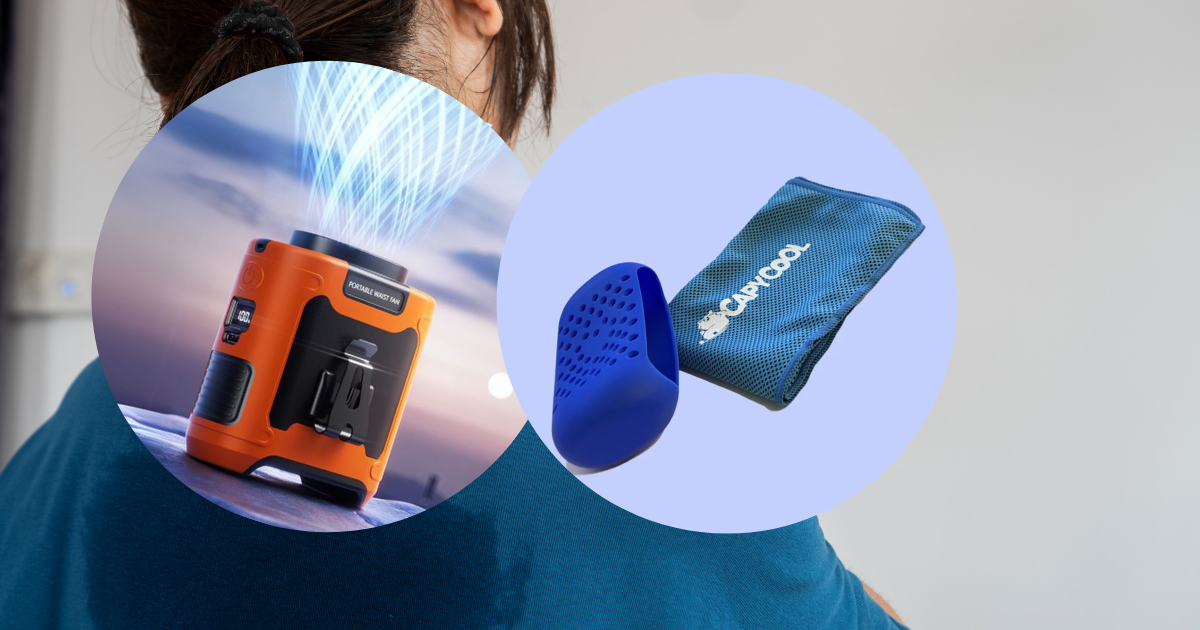
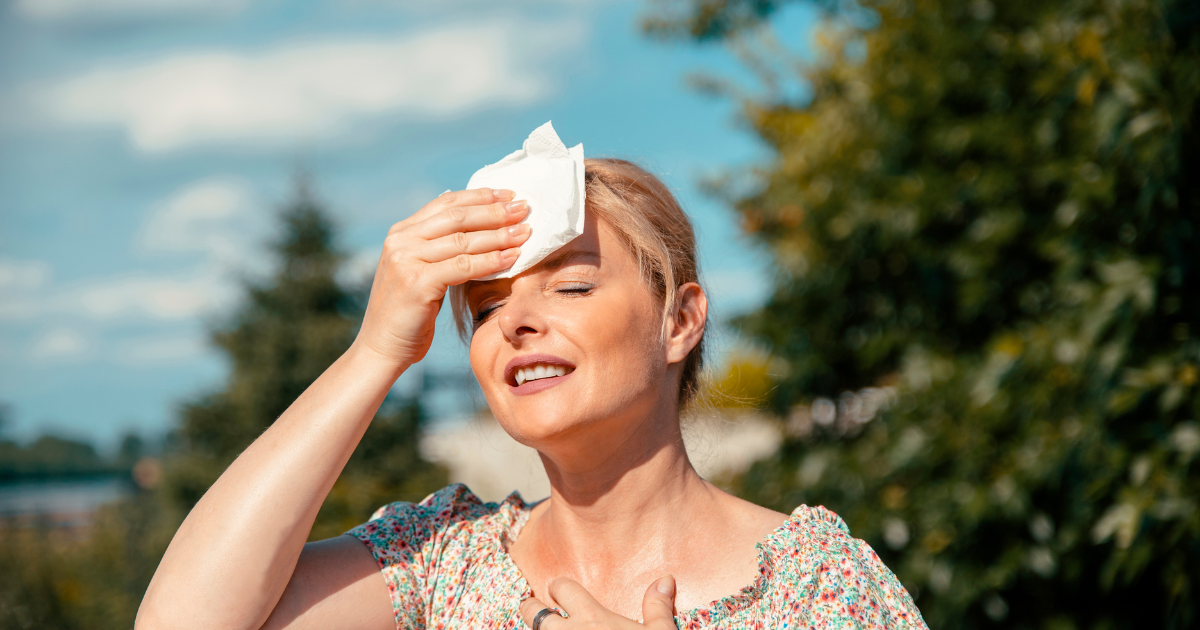

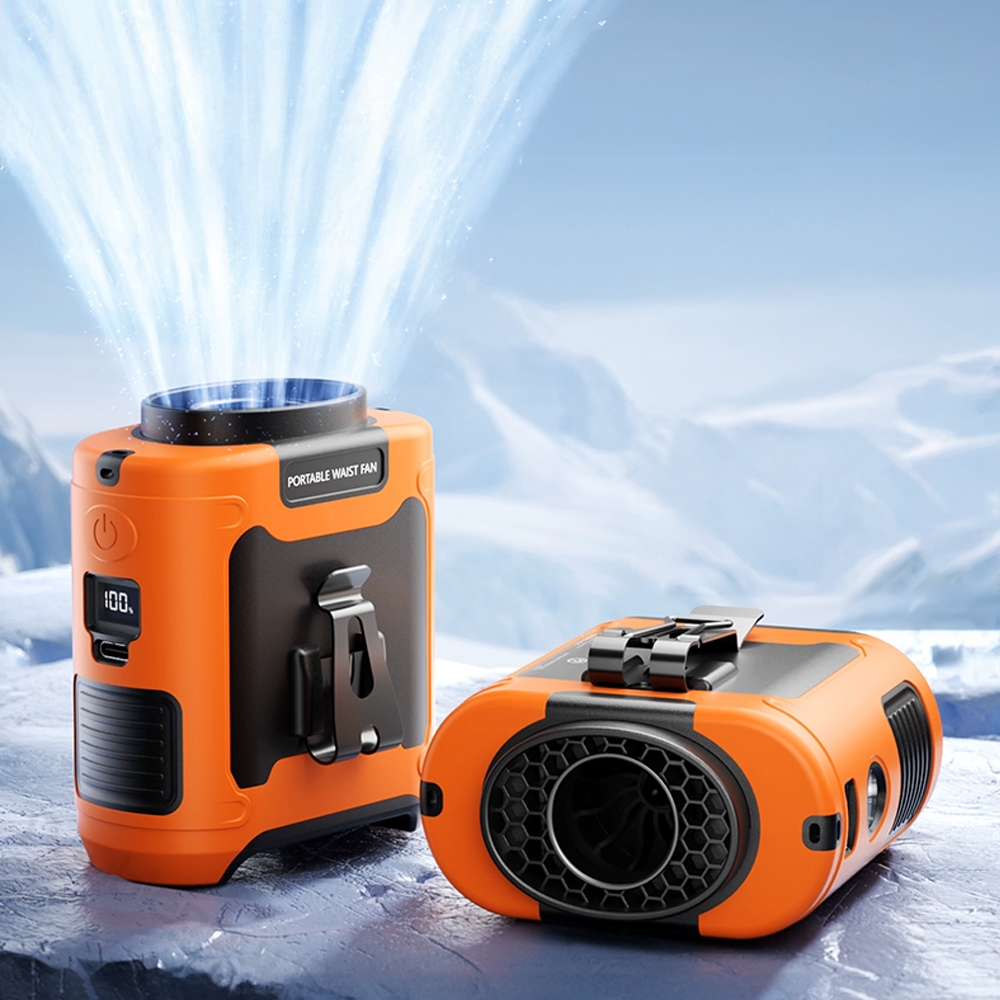
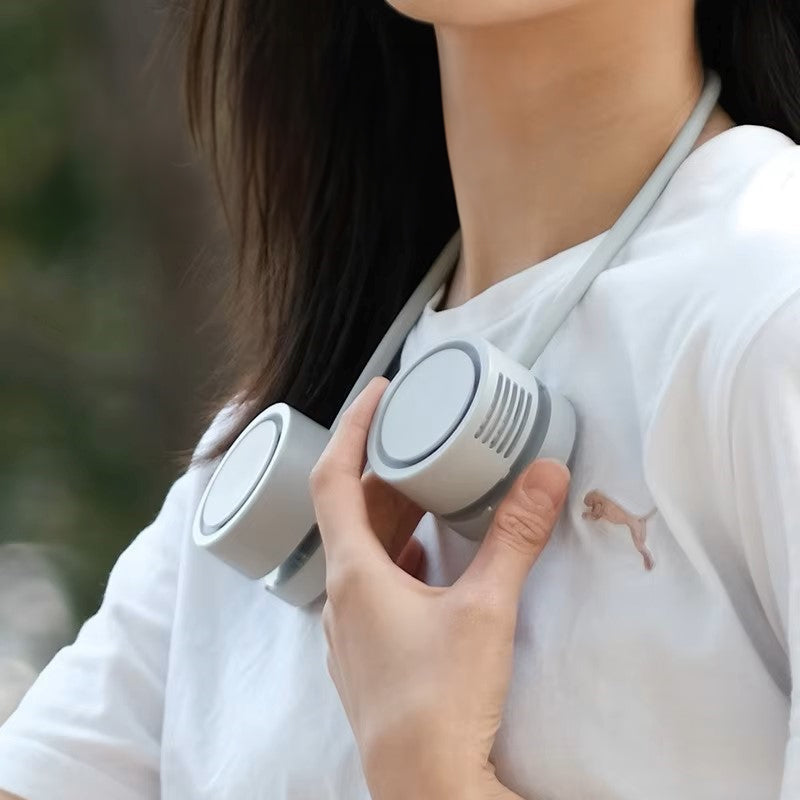

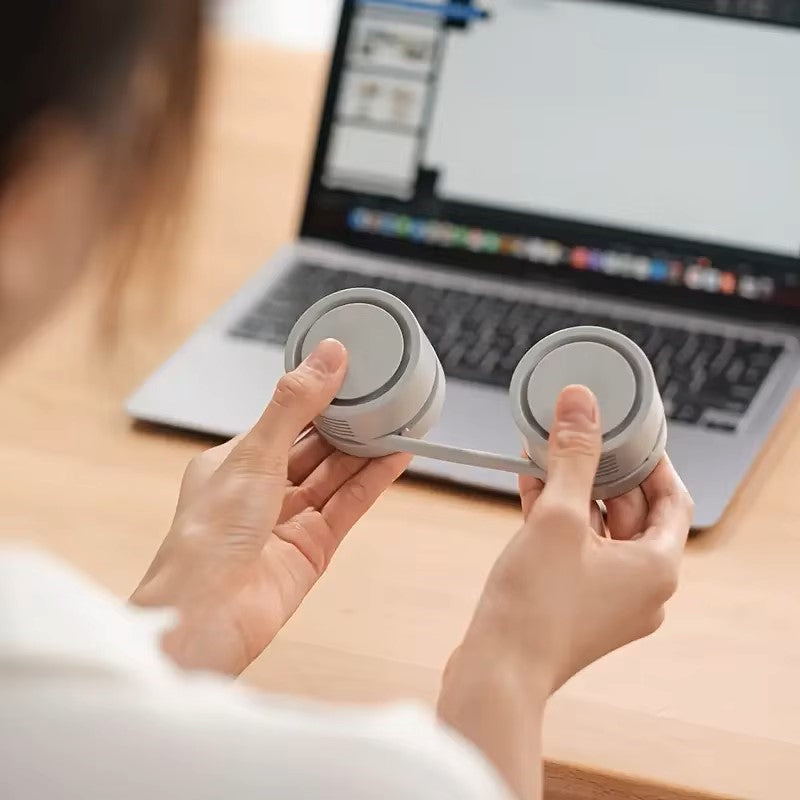
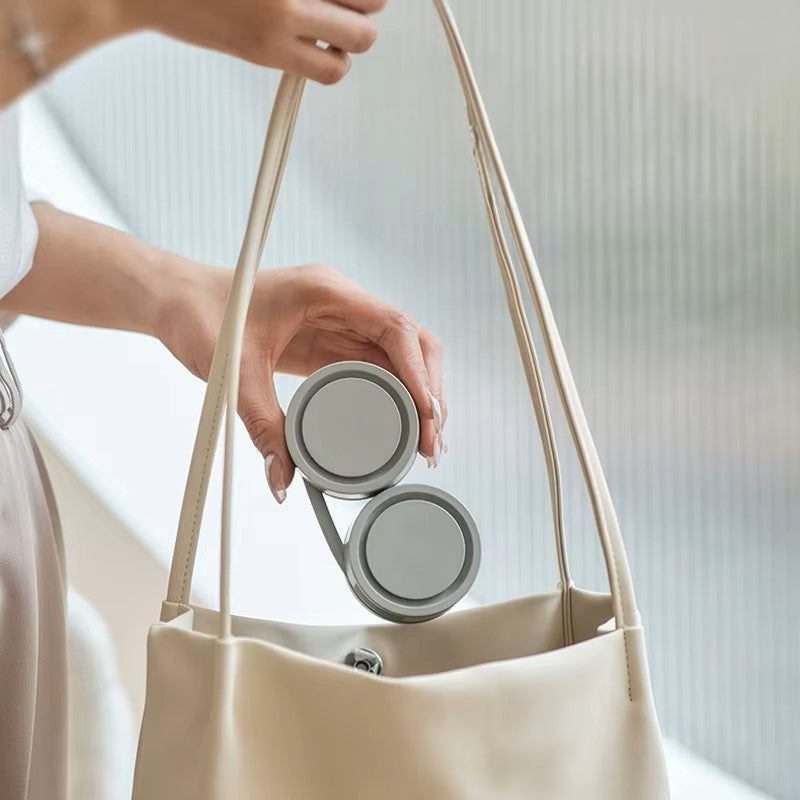
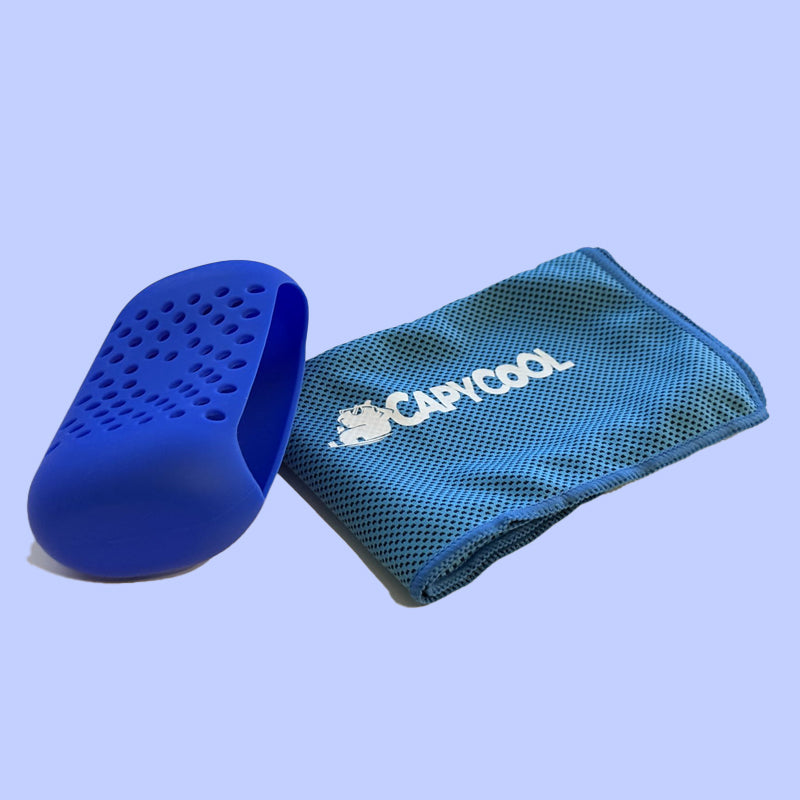
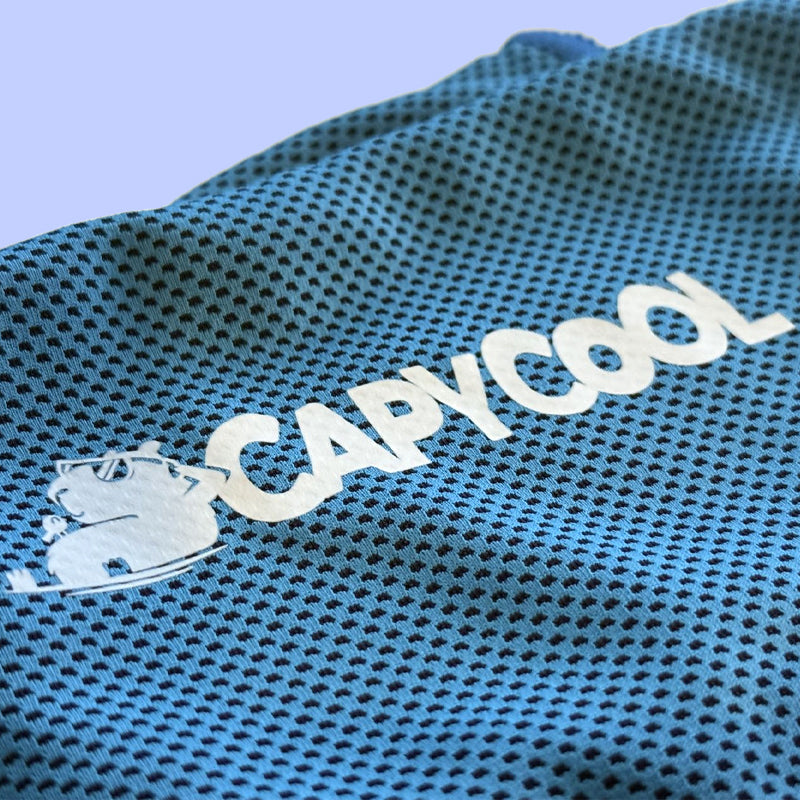
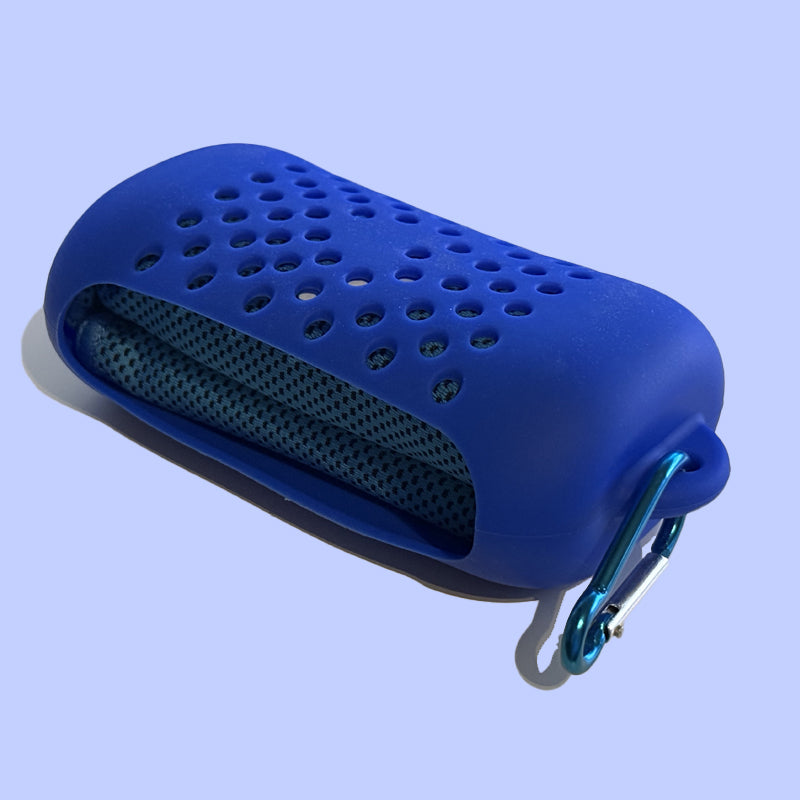
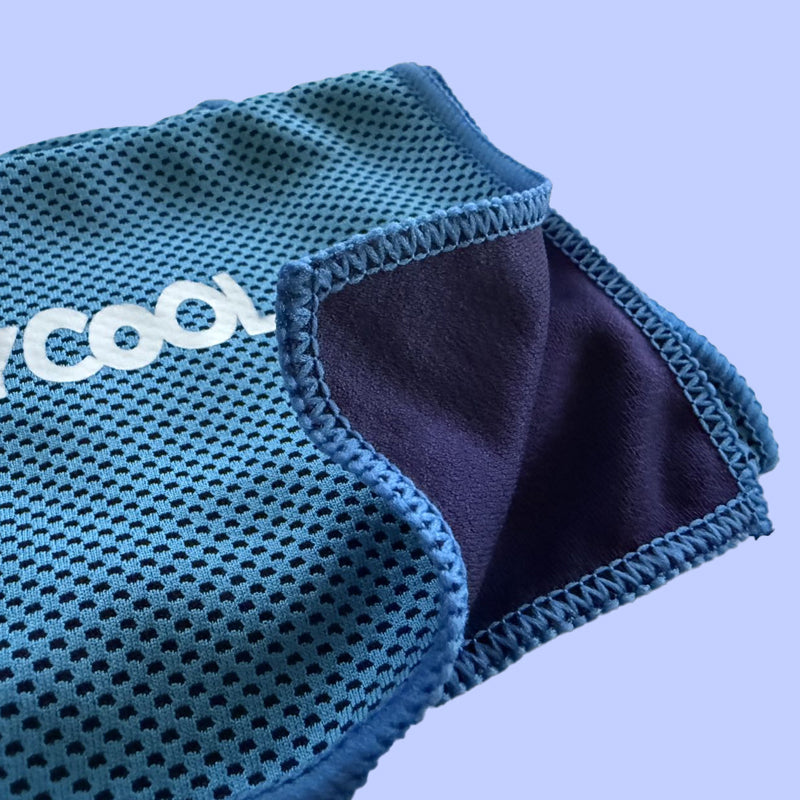
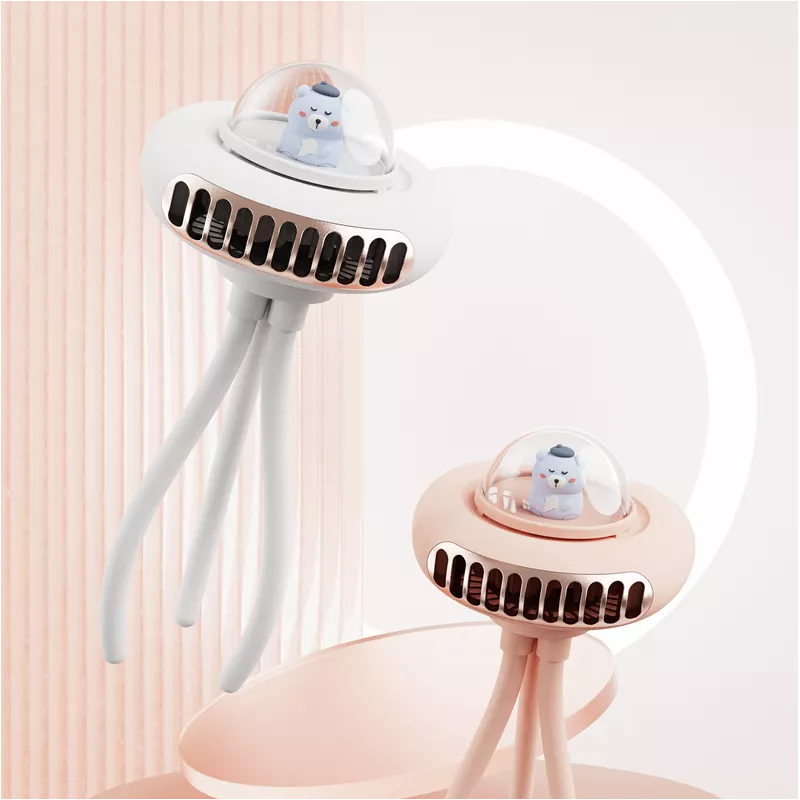
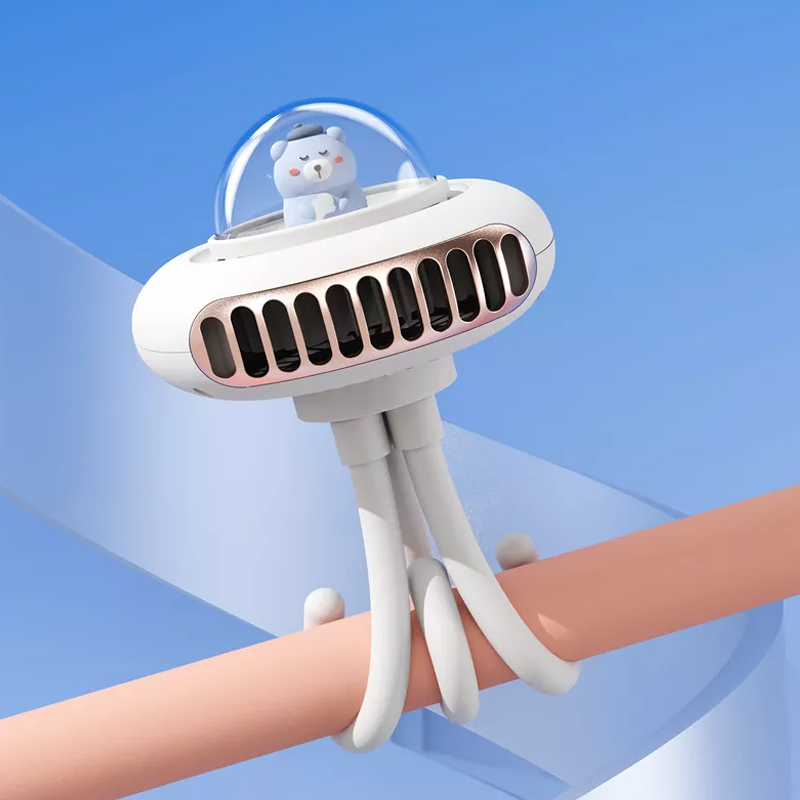
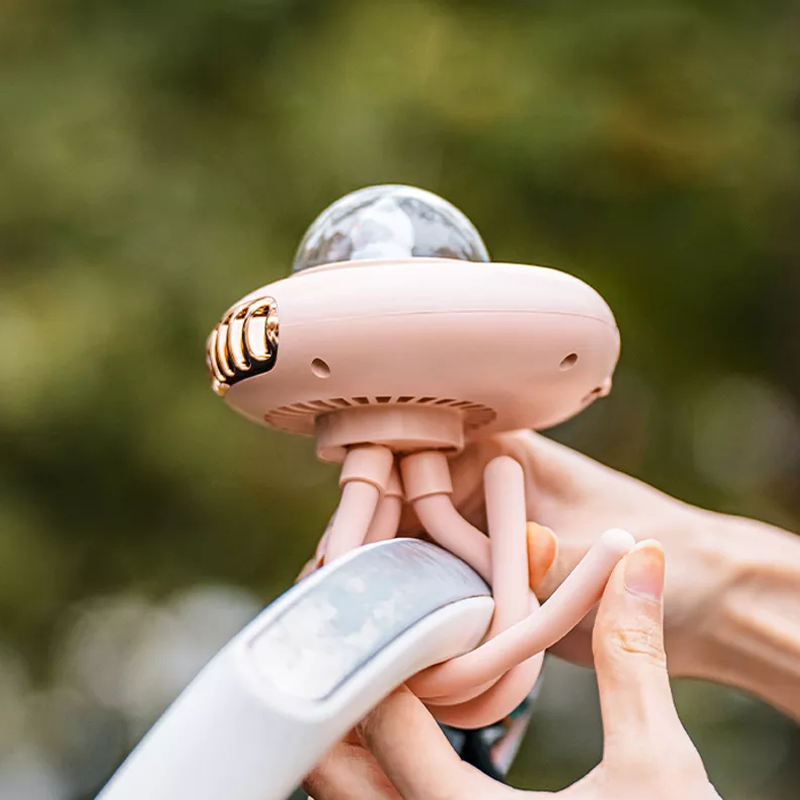
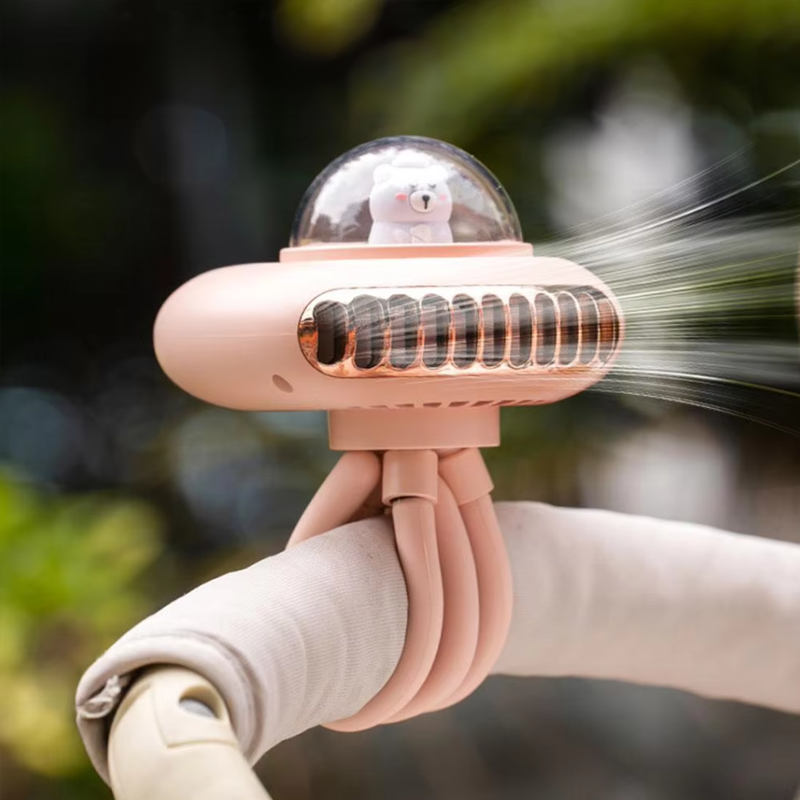
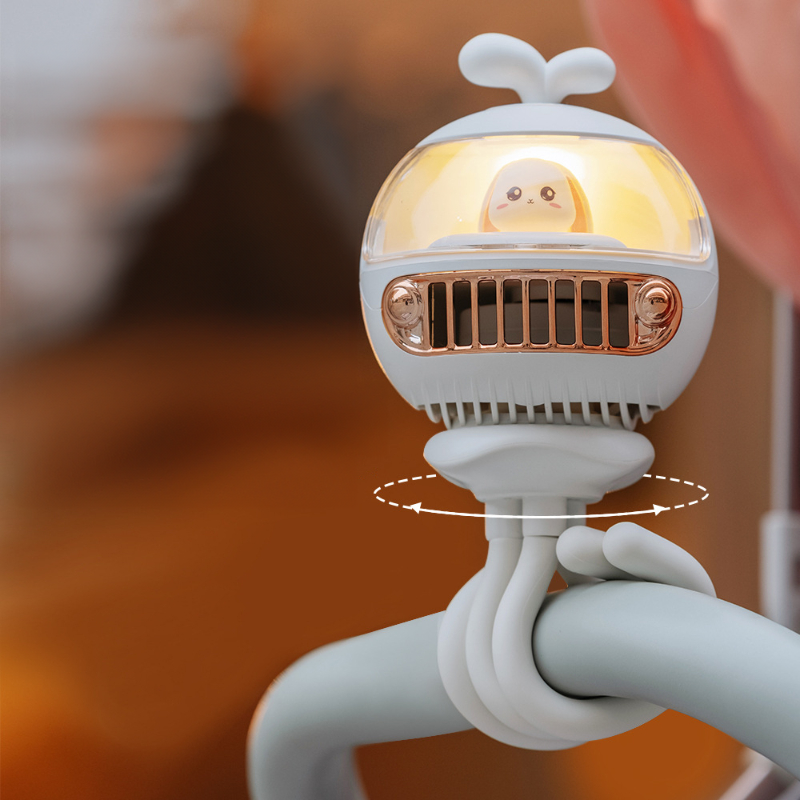
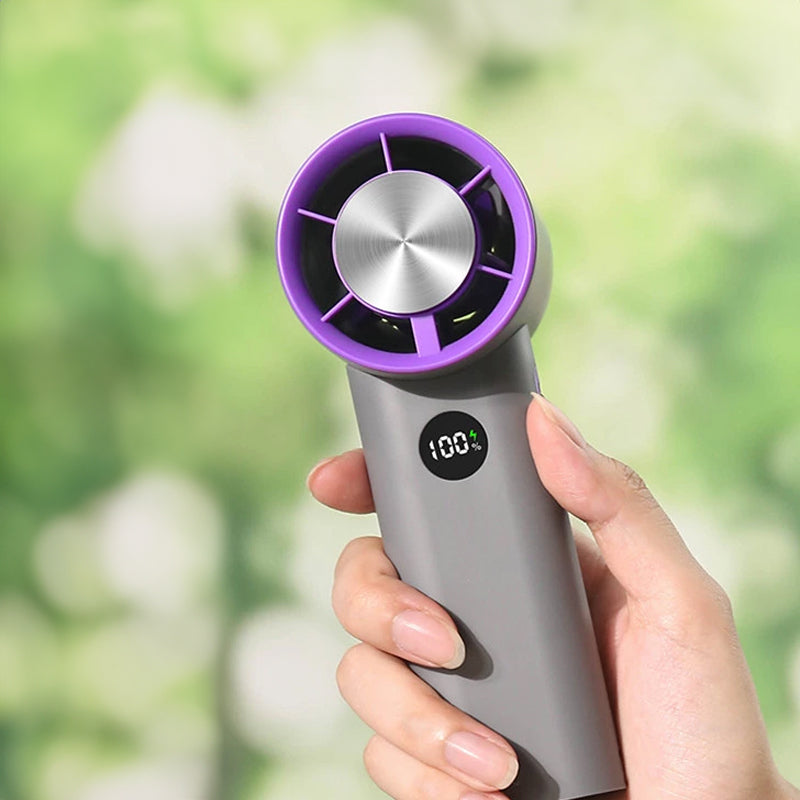
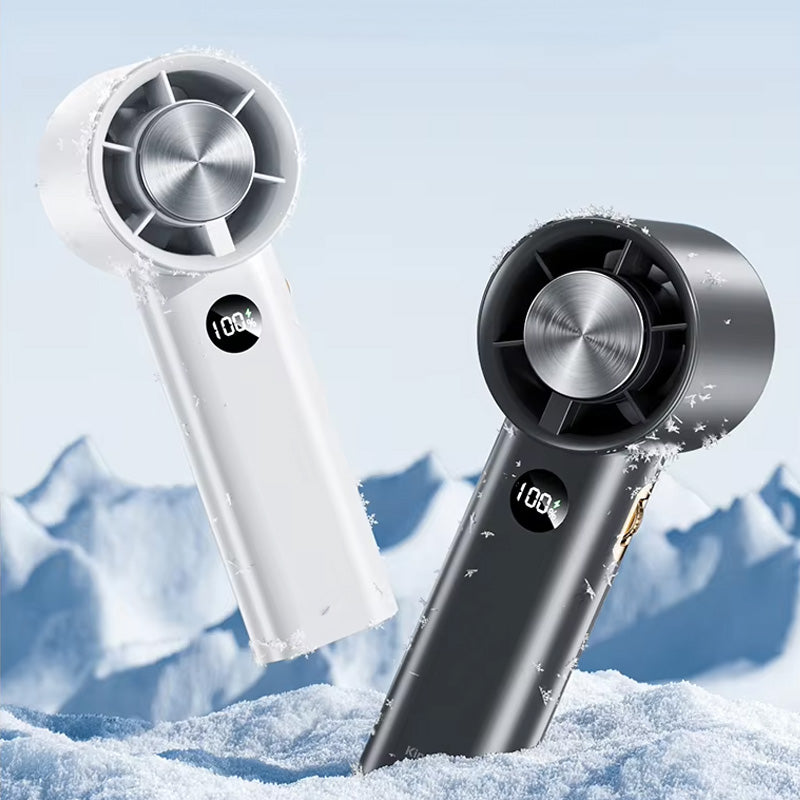
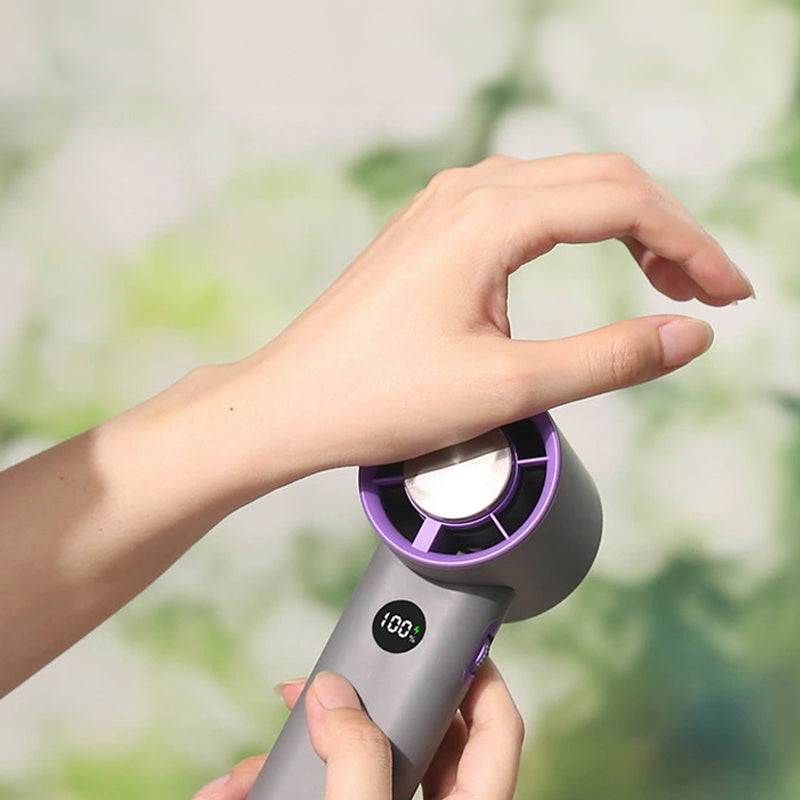
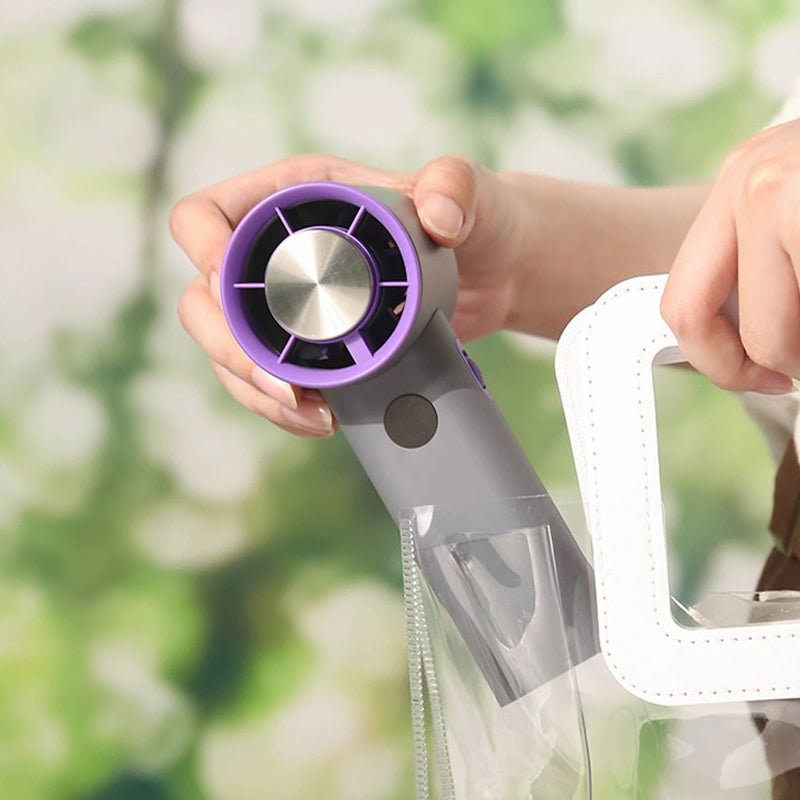
Share:
Fans Can Prevent Extreme Heat-Related Illness, New USYD Research Shows